Recommended Reading?
trilliumfae
10 years ago
Related Stories
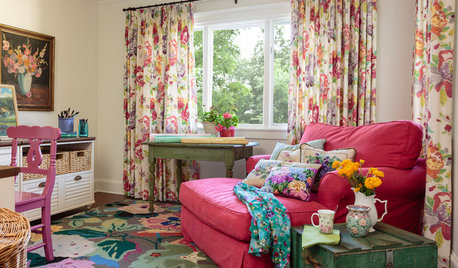
LIFEWhat You’re Reading This Summer — and Where
Check out Houzzers’ summer reading lists and get some ideas for your own!
Full Story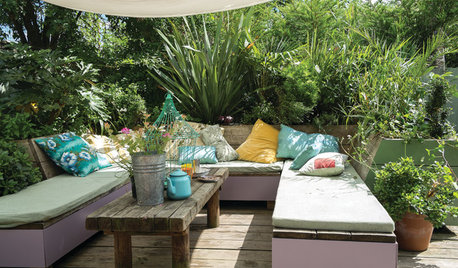
LIFEHouzz Call: Where (and What) Are You Reading This Summer?
Whether you favor contemporary, classic or beach reads, do the long and lazy days of summer bring out the lit lover in you?
Full Story
FEEL-GOOD HOME15 Cozy Book Nooks and What They Want You to Read
Put the beach reads away; these comfy spaces are creating a fall reading list. What books do they suggest to you?
Full Story
HOUSEKEEPINGDon't Touch Another Stain Before You Read This
Even an innocent swipe with water may cause permanent damage. Here's what to know about how rugs and fabrics react
Full Story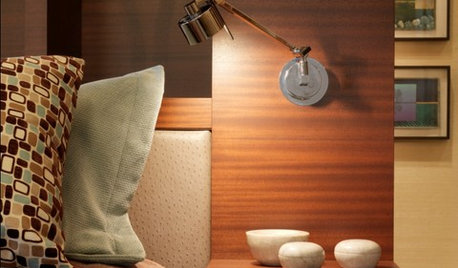
LIFEReading in Bed Comes Out From Under the Covers
No more sneaking a flashlight beneath the sheets. Grown-up bedtime reading deserves grown-up lighting and other bedside amenities
Full Story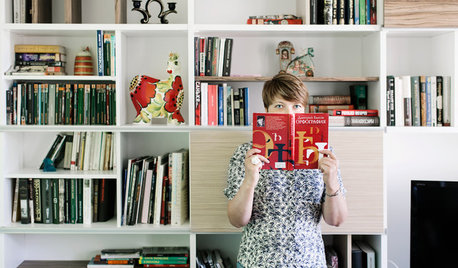
HOMES AROUND THE WORLDWorld of Design: 11 Book Lovers and Where They Like to Read
Bibliophiles across the globe reveal their top books and favorite reading spots, from a 2-story library to an artfully curated book nook
Full Story
HOME INNOVATIONSConsidering Renting to Vacationers? Read This First
More people are redesigning their homes for the short-term-rental boom. Here are 3 examples — and what to consider before joining in
Full Story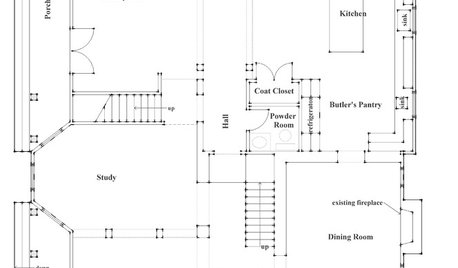
REMODELING GUIDESHow to Read a Floor Plan
If a floor plan's myriad lines and arcs have you seeing spots, this easy-to-understand guide is right up your alley
Full Story
BATHROOM DESIGNDreaming of a Spa Tub at Home? Read This Pro Advice First
Before you float away on visions of jets and bubbles and the steamiest water around, consider these very real spa tub issues
Full Story





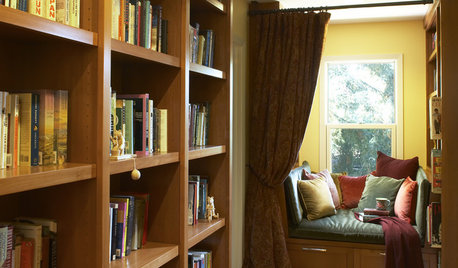





zzackey
pirate_girl
Related Professionals
Allen Landscape Architects & Landscape Designers · Salisbury Landscape Architects & Landscape Designers · Edmond Landscape Contractors · College Park Landscape Contractors · Crystal Landscape Contractors · Dallas Landscape Contractors · Hendersonville Landscape Contractors · Hickory Hills Landscape Contractors · Kaneohe Landscape Contractors · Lake Saint Louis Landscape Contractors · Milford Landscape Contractors · Post Falls Landscape Contractors · Round Lake Landscape Contractors · St. Louis Landscape Contractors · New Providence Interior Designers & DecoratorsTiffany, purpleinopp Z8b Opp, AL
tapla (mid-Michigan, USDA z5b-6a)
Tiffany, purpleinopp Z8b Opp, AL
trilliumfaeOriginal Author
Tiffany, purpleinopp Z8b Opp, AL